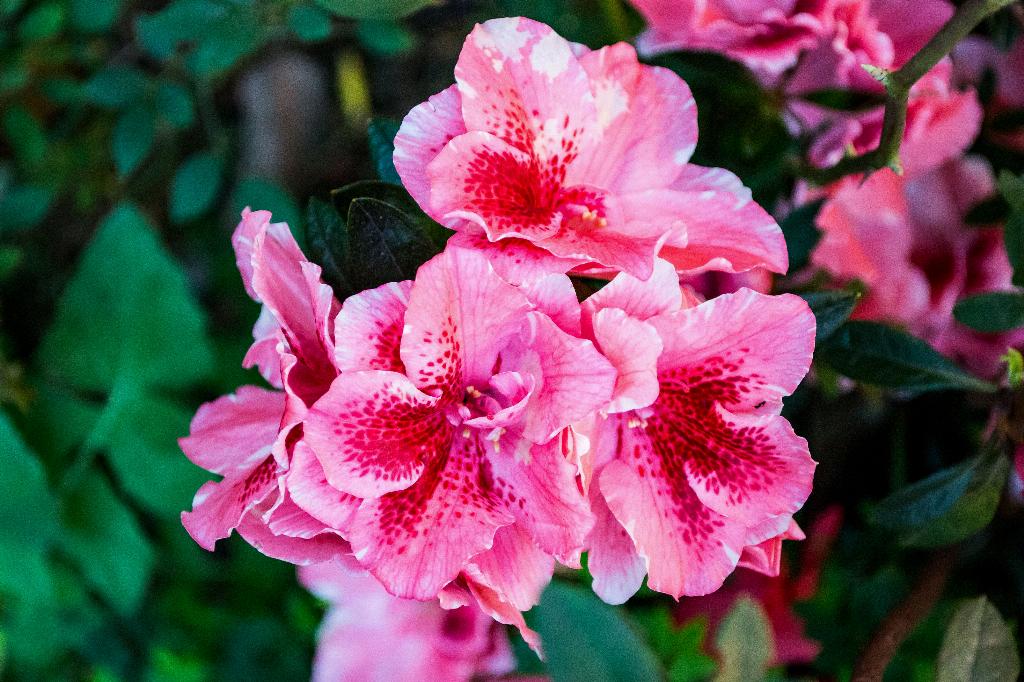When it comes to knowing whether a hibiscus is a perennial, the answer lies in its ability to return year after year, making it a true perennial plant. Hibiscus plants have the remarkable capacity to survive through various seasons, blooming in their full vibrant glory once spring arrives. This characteristic trait defines them as perennials in the world of gardening and botany.
Throughout the changing seasons, hibiscus undergo a cycle of growth and dormancy. While some varieties may appear to wither in colder climates, they ultimately bounce back with renewed vigour when the conditions are right. This resilience and regrowth exhibit the quintessential nature of perennial plants, including hibiscus.
Even in regions where winters can be harsh, hardy hibiscus varieties demonstrate their endurance by reemerging from dormancy as temperatures warm. Their ability to survive the cold season and return with vibrant blooms showcases their perennial nature, adding beauty and elegance to gardens year after year.
One remarkable aspect of hibiscus plants is their adaptability to different environments. Whether in tropical climates or temperate regions, hibiscus species can thrive and endure, proving their status as perennials through their consistent growth patterns and regenerative capabilities.
For gardeners and plant enthusiasts, the perennial nature of hibiscus offers a sense of continuity and reliability in their outdoor spaces. The anticipation of seeing their hibiscus plants return each spring brings joy and satisfaction, knowing that these beloved flowers will grace the garden with their beauty once again.
As part of the Malvaceae family, hibiscus plants encompass a diverse range of species, each with its unique characteristics and growing requirements. Despite these differences, the common thread that unites them all is their ability to persist and thrive over multiple growing seasons, solidifying their classification as perennials.
The appeal of hibiscus as perennials stems not only from their longevity but also from the stunning array of colors and shapes they offer. From delicate pastels to bold reds and pinks, hibiscus blooms captivate the eye and uplift the spirit, making them cherished additions to any garden landscape.
Over time, hibiscus plants establish deep roots in the soil, anchoring themselves firmly and drawing sustenance to support their growth and flowering cycles. This anchorage signifies their lasting presence in the garden, symbolizing resilience and strength in the face of changing seasons.
For those who appreciate the beauty of hibiscus blooms, the knowledge that these plants are perennials brings a sense of reassurance and contentment. The continuity of their presence year after year serves as a reminder of nature’s enduring cycles and the beauty that unfolds with each new season.
In conclusion, the answer to the question “Is a hibiscus a perennial?” is a resounding yes. Hibiscus plants demonstrate all the hallmarks of perenniality through their ability to return and flourish year after year, adding color, elegance, and charm to gardens worldwide. Their enduring beauty and resilience make them beloved selections for gardeners seeking to cultivate landscapes that bloom with vitality and grace.

